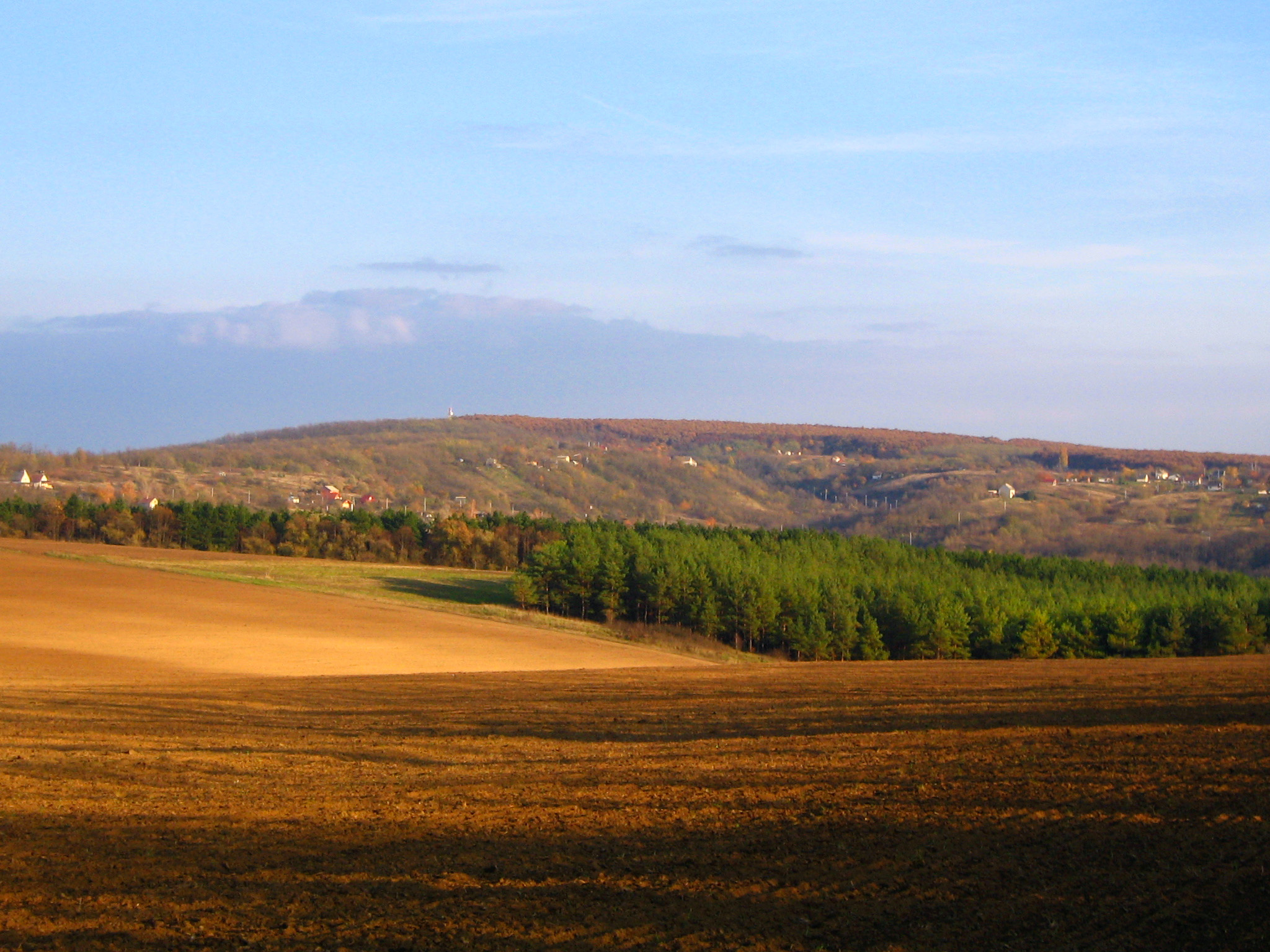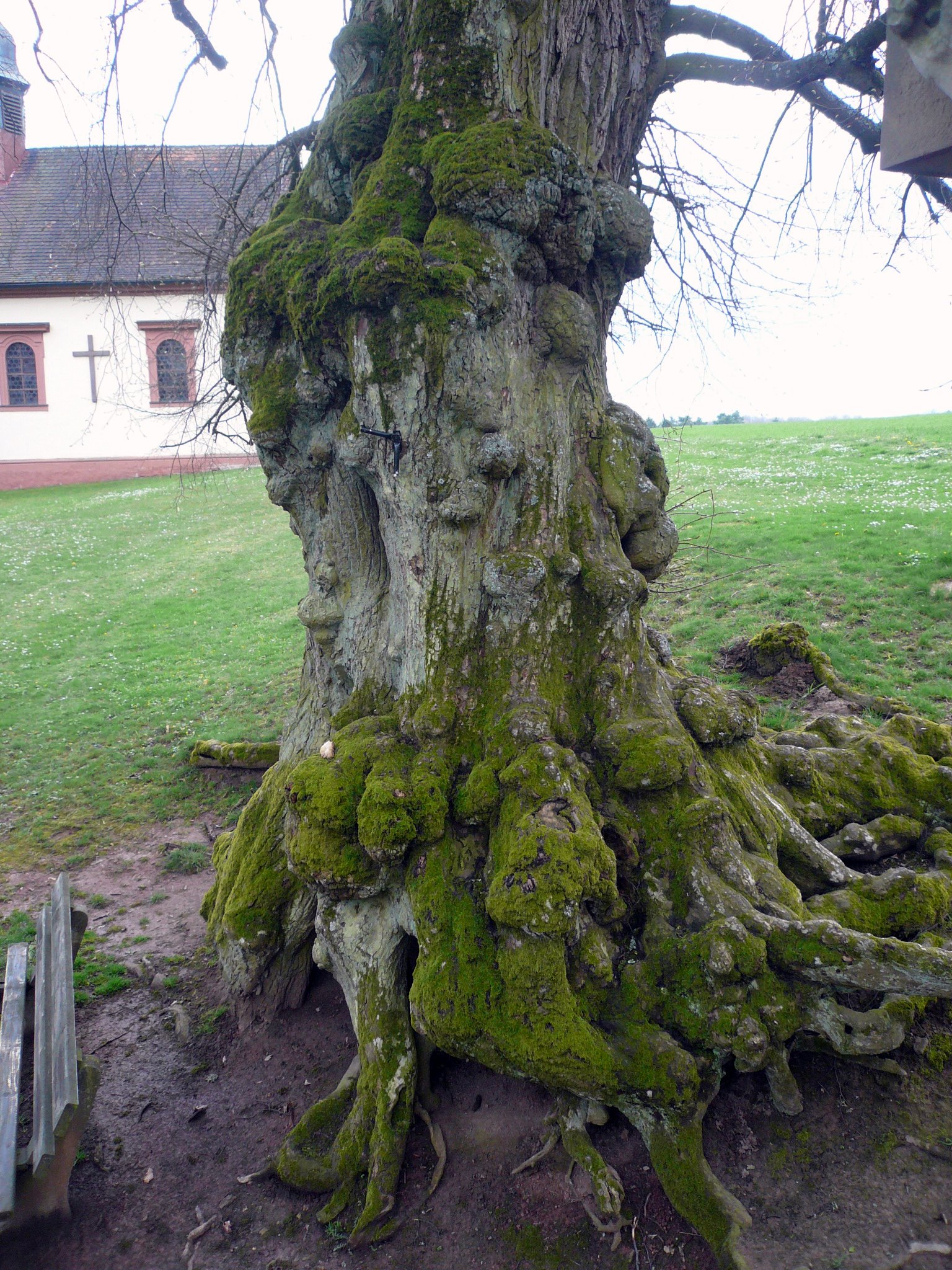|
Gödöllő District
Gödöllő () is a district in central-northern part of Pest County. ''Gödöllő'' is also the name of the town where the district seat is found. The district is located in the Central Hungary Statistical Region. Geography Gödöllő District borders with Aszód District to the northeast, Nagykáta District to the southeast, Vecsés District to the south, Budapest to the southwest, Dunakeszi District to the west, Vác District to the northwest. The number of the inhabited places in Gödöllő District is 15. Gödöllő Hill Region The Hills of Gödöllő is a small-region in Pest county, from the east of Budapest to the River Galga. To the north the Cserhát, to the south and to the east the Alföld and finally to the west the River Danube and the Hills of Buda borders it. As a big landscape, it is part of the Északi-középhegység, but its form is rather a transition between mountains and plains. The average height of above sea level hills are mostly covered with ... [...More Info...] [...Related Items...] OR: [Wikipedia] [Google] [Baidu] |
Districts Of Hungary
Districts of Hungary are the second-level divisions of Hungary after counties. They replaced the 175 subregions of Hungary in 2013. There are 174 districts in the 19 counties, and there are 23 districts in Budapest. Districts of the 19 counties are numbered by Arabic numerals and named after the district seat, while districts of Budapest are numbered by Roman numerals and named after the historical towns and neighbourhoods. In Hungarian, the districts of the capital and the rest of the country hold different titles. The districts of Budapest are called ''kerületek'' (lit. district, pl.) and the districts of the country are called ''járások.'' By county Baranya County Bács-Kiskun County Békés County Borsod-Abaúj-Zemplén County Csongrád-Csanád County Fejér County Győr-Moson-Sopron County Hajdú-Bihar County Heves County Jász-Nagykun-Szolnok County Komárom-Esztergom County Nógrád County Pest County Somogy C ... [...More Info...] [...Related Items...] OR: [Wikipedia] [Google] [Baidu] |
Buda
Buda (, ) is the part of Budapest, the capital city of Hungary, that lies on the western bank of the Danube. Historically, “Buda” referred only to the royal walled city on Castle Hill (), which was constructed by Béla IV between 1247 and 1249 and subsequently served as the capital of the Kingdom of Hungary from 1361 to 1873. In 1873, Buda was administratively unified with Pest, Hungary, Pest and Óbuda to form modern Budapest. Royal Buda is called the ''Castle Quarter (Budapest), Várnegyed'' () today, while “Buda” ''pars pro toto'' denotes Budapest’s I., II., III., XI., XII. and XXII. districts. This colloquial definition thus includes medieval Óbuda and amounts to a third of the city’s total area, much of it forested. Buda's landmarks include the Royal Palace (Budapest), Royal Palace, Matthias Church, the Citadella, Gellért Baths, the Buda Hills, the Carmelite Monastery of Buda, and the residence of the President of Hungary, Sándor Palace. Etymology Accord ... [...More Info...] [...Related Items...] OR: [Wikipedia] [Google] [Baidu] |
Eagle
Eagle is the common name for the golden eagle, bald eagle, and other birds of prey in the family of the Accipitridae. Eagles belong to several groups of Genus, genera, some of which are closely related. True eagles comprise the genus ''Aquila (bird), Aquila''. Most of the 68 species of eagles are from Eurasia and Africa. Outside this area, just 14 species can be found—two in North America, nine in Central and South America, and three in Australia. Eagles are not a natural group but denote essentially any kind of bird of prey large enough to hunt sizeable (about 50 cm long or more overall) vertebrates. Etymology The word "eagle" is borrowed into English from and , both derived ultimately from ("eagle"). It is cognate with terms such as , and . It is broadly synonymous with the less common English term "erne" or "earn", deriving from , from , in which it acts as the usual word for the bird. The Old English term is turn derived from and is cognate with other synonymous ... [...More Info...] [...Related Items...] OR: [Wikipedia] [Google] [Baidu] |
Birdlife
BirdLife International is a global partnership of non-governmental organizations that strives to conserve birds and their habitats. BirdLife International's priorities include preventing extinction of bird species, identifying and safeguarding important sites for birds, maintaining and restoring key bird habitats, and empowering conservationists worldwide. It has a membership of more than 2.5 million people across List of BirdLife International national partner organisations, 116 country partner organizations, including the Royal Society for the Protection of Birds, the Wild Bird Society of Japan, the National Audubon Society, and American Bird Conservancy. BirdLife International has identified 13,000 Important Bird Area, Important Bird and Biodiversity Areas and is the official International Union for Conservation of Nature's IUCN Red List, Red List authority for birds. BirdLife International has established that 1,375 bird species (13% of the total) are threatened with extinc ... [...More Info...] [...Related Items...] OR: [Wikipedia] [Google] [Baidu] |
Boar
The wild boar (''Sus scrofa''), also known as the wild swine, common wild pig, Eurasian wild pig, or simply wild pig, is a Suidae, suid native to much of Eurasia and North Africa, and has been introduced to the Americas and Oceania. The species is now one of the widest-ranging mammals in the world, as well as the most widespread Suina, suiform. It has been assessed as least concern on the IUCN Red List due to its wide range, high numbers, and adaptability to a diversity of habitats. It has become an invasive species in part of its introduced range. Wild boars probably originated in Southeast Asia during the Early Pleistocene and outcompeted other suid species as they spread throughout the Old World. , up to 16 subspecies are recognized, which are divided into four regional groupings based on skull height and lacrimal bone length. The species lives in matriarchal societies consisting of interrelated females and their young (both male and female). Fully grown males are usually s ... [...More Info...] [...Related Items...] OR: [Wikipedia] [Google] [Baidu] |
Deer
A deer (: deer) or true deer is a hoofed ruminant ungulate of the family Cervidae (informally the deer family). Cervidae is divided into subfamilies Cervinae (which includes, among others, muntjac, elk (wapiti), red deer, and fallow deer) and Capreolinae (which includes, among others reindeer (caribou), white-tailed deer, roe deer, and moose). Male deer of almost all species (except the water deer), as well as female reindeer, grow and shed new antlers each year. These antlers are bony extensions of the skull and are often used for combat between males. The musk deer ( Moschidae) of Asia and chevrotains ( Tragulidae) of tropical African and Asian forests are separate families that are also in the ruminant clade Ruminantia; they are not especially closely related to Cervidae. Deer appear in art from Paleolithic cave paintings onwards, and they have played a role in mythology, religion, and literature throughout history, as well as in heraldry, such as red deer that app ... [...More Info...] [...Related Items...] OR: [Wikipedia] [Google] [Baidu] |
List Of Districts In Budapest
Budapest, the capital of Hungary has 23 districts (, ), each with its own Municipality, municipal government. The number of districts in Budapest Budapest was organized into 10 districts (numbered from I to X) in 1873 after the unification of the cities of Pest (city), Pest, Buda and Óbuda. The districts at that time: *Buda: I, II *Óbuda: III *Pest: IV, V, VI, VII, VIII, IX, X In the 1930s, 4 new districts were organized, numbered from XI to XIV. On 1 January 1950, 7 neighboring towns and 16 villages were annexed to Budapest by creating 9 new districts, so the number of its districts increased to 22. District IV was annexed to District V and the number IV was given to the northernmost newly merged town, Újpest. Former district borders were also partly modified but the old numbering system is still clear on the map. In 1994, Soroksár left Pesterzsébet, District XX, became the newest district and received the number XXIII. Districts Listed below are the ordinal numbers of the ... [...More Info...] [...Related Items...] OR: [Wikipedia] [Google] [Baidu] |
Moorland
Moorland or moor is a type of Habitat (ecology), habitat found in upland (geology), upland areas in temperate grasslands, savannas, and shrublands and the biomes of montane grasslands and shrublands, characterised by low-growing vegetation on Soil pH, acidic soils. Moorland today generally means uncultivated hill land (such as Dartmoor in South West England), but also includes low-lying wetlands (such as Sedgemoor, also South West England). It is closely related to heath, although experts disagree on the exact distinction between these types of vegetation. Generally, moor refers to Highland (geography), highland and high rainfall areas, while heath refers to lowland zones which are more likely to be the result of human activity. Moorland habitats are found mainly in Tropics, tropical Africa, Northern Europe, northern and western Europe, and South America. Most of the world's moorlands are diverse ecosystems. In the extensive moorlands of the tropics, biodiversity can be extremely ... [...More Info...] [...Related Items...] OR: [Wikipedia] [Google] [Baidu] |
Tilia
''Tilia'' is a genus of about 30 species of trees or bushes, native throughout most of the temperateness, temperate Northern Hemisphere. The tree is known as linden for the European species, and basswood for North American species. In Great Britain and Ireland they are commonly called lime trees, although they are not related to the citrus Lime (fruit), lime. The genus occurs in Europe and eastern North America, but the greatest species diversity is found in Asia. Under the Cronquist system, Cronquist classification system, this genus was placed in the family Tiliaceae, but genetic research summarised by the Angiosperm Phylogeny Group has resulted in the incorporation of this genus, and of most of the previous family, into the Malvaceae. ''Tilia'' is the only known ectomycorrhizal genus in the family Malvaceae. Studies of ectomycorrhizal relations of ''Tilia'' species indicate a wide range of fungal symbionts and a preference toward Ascomycota fungal partners. Description ''T ... [...More Info...] [...Related Items...] OR: [Wikipedia] [Google] [Baidu] |
Maple
''Acer'' is a genus of trees and shrubs commonly known as maples. The genus is placed in the soapberry family Sapindaceae.Stevens, P. F. (2001 onwards). Angiosperm Phylogeny Website. Version 9, June 2008 nd more or less continuously updated since http://www.mobot.org/MOBOT/research/APweb/. There are approximately 132 species, most of which are native to Asia, with a number also appearing in Europe, northern Africa, and North America. Only one species, '' Acer laurinum'', extends to the Southern Hemisphere.Gibbs, D. & Chen, Y. (2009The Red List of Maples Botanic Gardens Conservation International (BGCI) The type species of the genus is the sycamore maple ''Acer pseudoplatanus'', one of the most common maple species in Europe.van Gelderen, C. J. & van Gelderen, D. M. (1999). '' Maples for Gardens: A Color Encyclopedia'' Most maples usually have easily identifiable palmate leaves (with a few exceptions, such as '' Acer carpinifolium'', '' Acer laurinum'', and '' Acer negundo'' ... [...More Info...] [...Related Items...] OR: [Wikipedia] [Google] [Baidu] |
Tisza
The Tisza, Tysa or Tisa (see below) is one of the major rivers of Central and Eastern Europe. It was once called "the most Hungarian river" because it used to flow entirely within the Kingdom of Hungary. Today, it crosses several national borders. The Tisza begins near Rakhiv in Ukraine, at the confluence of the and , which is at coordinates (the former springs in the Chornohora mountains; the latter in the Gorgany range). From there, the Tisza flows west, roughly following Ukraine's borders with Romania and Hungary, then briefly as the border between Slovakia and Hungary, before entering into Hungary, and finally into Serbia. The Tisza enters Hungary at Tiszabecs, traversing the country from north to south. A few kilometers south of the Hungarian city of Szeged, it enters Serbia. Finally, it joins the Danube near the village of Stari Slankamen in Vojvodina, Serbia. The Tisza drains an area of about and has a length of Its mean annual discharge is seasonally to ... [...More Info...] [...Related Items...] OR: [Wikipedia] [Google] [Baidu] |







